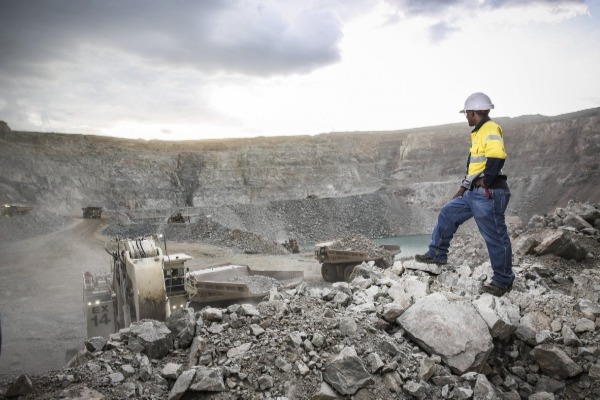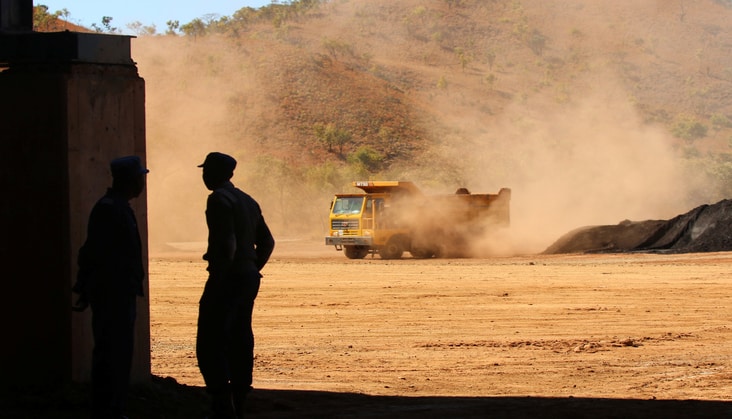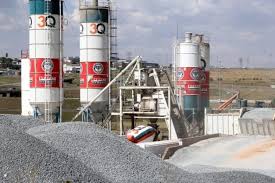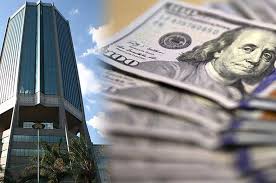Massive defaults hit Govt-backed loans
The parallel market rate is slowly responding to the strengthening of the Zimbabwe dollar with demand for foreign currency on this week’s auction system of more than US$17 million the highest since June 13, 2023.
Despite having favourable interest rates and terms, loans with Government guarantees continue to underperform when it comes to repayment, raising questions on the credit-granting criteria and credit quality of the beneficiaries.
It also means an increased burden on the taxpayer as the Government will eventually have to step in when the loans are called up.
According to the loan performance status published by the Ministry of Finance and Economic Development in its 2022 Annual Public Debt Bulletin, quite a number of loans with Government guarantees have very low loan recovery ratios.
The Debt Bulletin shows that outstanding Government guarantees as at end of December 2022, amounted to US$1,6 billion and $41,4 billion, from issued guarantees of US$2,1 billion and $61,4 billion, respectively.
While Treasury says payments on facilities for AFC Holdings, IDBZ, ZINARA, ZETDC and RBZ are on track, there are concerns about others where loan guarantees have been called up and the Government had to fully pay or is in the process of paying.
A CBZ Agroyield $4,5 billion financing of 2019/20 winter wheat cropping season with a 100 percent Government guarantee only had a recovery rate of 38,5 percent or $1,5 billion.
The Government Guarantee was called up with an amount of $2,77 billion, including interest now fully paid.
Another CBZ Agroyield $1,6 billion financing of 2020 winter wheat cropping season with a 100 percent Government guarantee, however, did better with a 74 percent recovery rate. The Government Guarantee was, however, still called up with an amount of $0,65 billion, including interest fully paid.
The worst-performing facility under CBZ Agroyield is a $76,8 million facility for financing of 2020 winter maize cropping season (50 percent Partial Guarantee), which had a 0,6 percent recovery rate as at end September 2022.
However, while guarantee was fully paid, post-guarantee payments received amounted to $100 million.
In US$ terms, a CBZ Agroyield US$275 million facility for the financing of the 2020/2021 summer maize and soya bean cropping season with an 80 percent partial guarantee, had a recovery rate of 20,5 percent as at September 2022.
The Government guarantee claim of US$188 million has since been called up and settlement is in progress, according to Treasury.
CBZ Agroyield has another US$66 million facility for the Financing of 2021 winter wheat cropping season with a 73 percent guarantee, but with a recovery rate of just 40 percent.
Once again the Government guarantee claim of US$29 million has since been called up and settlement is in progress, according to Treasury.
There are many other facilities with varying amounts where the recovery rate has been very low.
There are also other facilities, with Government guarantees where resources have been ringfenced for the repayment.
However, it is the low recovery rate, in particular for loans related to agriculture, that is worrying.
Walter Mandeya, an analyst with Trigrams Investment, said although Government guarantees are an important aspect of financing large-scale programmes that are of national interest, such as the winter wheat and maize programmes, there is, however, a need for the Government to relook at the nature of their financial guarantees and instead try to promote market-driven factors to influence how programmes are financed.
Mandeya said it is unfortunate that some well-designed Government programmes fail at the financing stage and called on stakeholders to find out if there are any common defaulters in some of these programmes.
“It would also be interesting to understand the other causes of default as the post-guarantee payment recoveries seem to suggest that loan recipients have capacity to repay,” said Mandeya.
However, The Zimbabwe Commercial Farmers Union (ZCFU) president Dr Shadreck Makombe, cited several factors why farmers had struggled to meet their obligations.
Some wheat farmers, for example, had their crops damaged by the rains and as a result, it couldn’t be premier on any other grade other than for stock feed.
“Naturally, you would find now when you look at those farmers, the amount they spent per hectare and the amount they got, the heat was badly skewed against the farmers because the harvest had been affected coupled with low yield.
“Of course, that was bad agronomic practices on the part of some farmers who could not adhere to instructions to say you cannot continue planting wheat after this time. So, one reason why they couldn’t pay back was because there was no money,” Makombe said.
Another factor that could have affected repayment is that some farmers, both wheat and maize were affected by the veld fires at a time their crops were not insured.
However, Makombe did not rule out wayward farmers who went on to the side market.
“Given the situation, it was a bad scenario for others because it was not their own making, but for others, it was their own creation.
Makombealso blamed finance houses, to which this money was distributed, for pegging some loans in United States dollars.
“The amount which they pegged was quite high without even consulting farmers so you would find out that farmers were querying to say what criteria did you use to change from Zimbabwe dollar to this (US dollar) and those finance houses were saying they had done it because the exchange rate was a moving target.”
To improve the loan recovery rate, Makombe said finance houses should engage farmers effectively for a win-win situation so that at least it is mitigated.
“At the same time, it’s for these loans to be revoked, that is to give sort of a moratorium to say it should be paid like next year . . . but there is no way it can be spread because this is the same money which should be given to other farmers.
“But we are saying the Government should approach farmers with some soft gloves and those who got the crops and side marketed should be taken on because it’s daylight robbery.”
Makombe said in terms of veld fires and other natural vagaries, what is needed is for farmers to insure their crops.-ebusinessweekly











